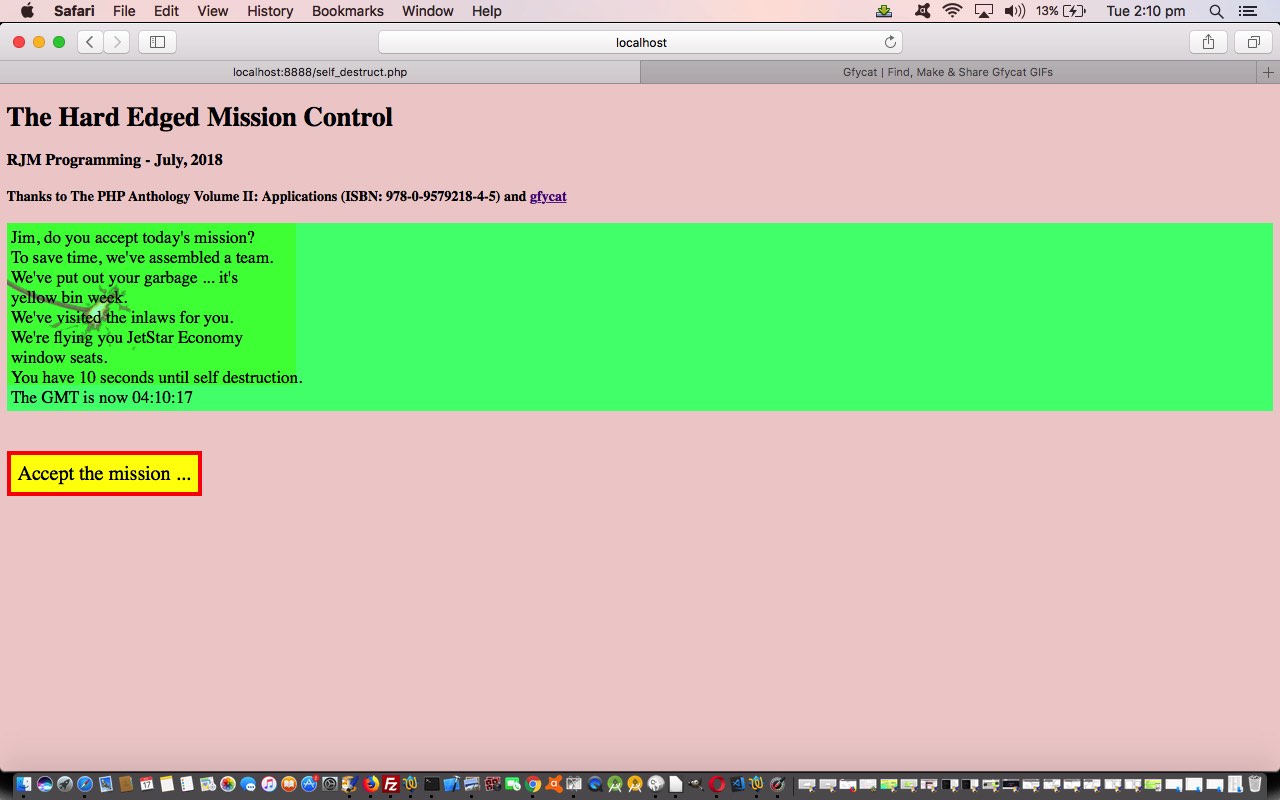We wanted to talk about the serverside (ie. PHP, for us) topic of Webpage Expiry, for web applications. You will probably know, if you surf the net, go to a webpage, do some other work, and go back to that original webpage in the same way, you may get identical content even though you know for a fact that that content, should be different and updated. That can be either a weakness at that website’s web server code, or be an approach to speeding up response times for the user by using the web browser’s cache to save on revisiting web servers constantly, to get content.
The topic of “Webpage Expiry” involves the setting at the web server (for us at www.rjmprogramming.com.au, using PHP) of the webpage’s expiry date/time, via the manipulation of the HTTP Expires header. While the Webpage is “current” the cache will be called into play, but as soon as the Webpage HTTP Expires header is “clicked over” timewise, a “rereading of content from the web server” (or “refreshing the cache”) is triggered. With today’s proof of concept self_destruct.php‘s live run we’d like to thank …
- The PHP Anthology (Volume II: Applications) by Harry Fuecks
(ISBN: 0-9579218-4-5) for the inspiration and useful code help here
- gfycat for background animated GIF … thanks … and …
- colour matching of the background animated GIF via Mac OS X’s “Digital Color Meter” which we talked about at Digital Colour Meter on Mac Laptop Tutorial
- idea of semi-transparent background with less transparent foreground idea we talked about at Rainbow Games Background Image Tutorial
You can also see this play out at WordPress 4.1.1’s PHP Webpage Expiry and the Cache Primer Tutorial.
If this was interesting you may be interested in this too.



